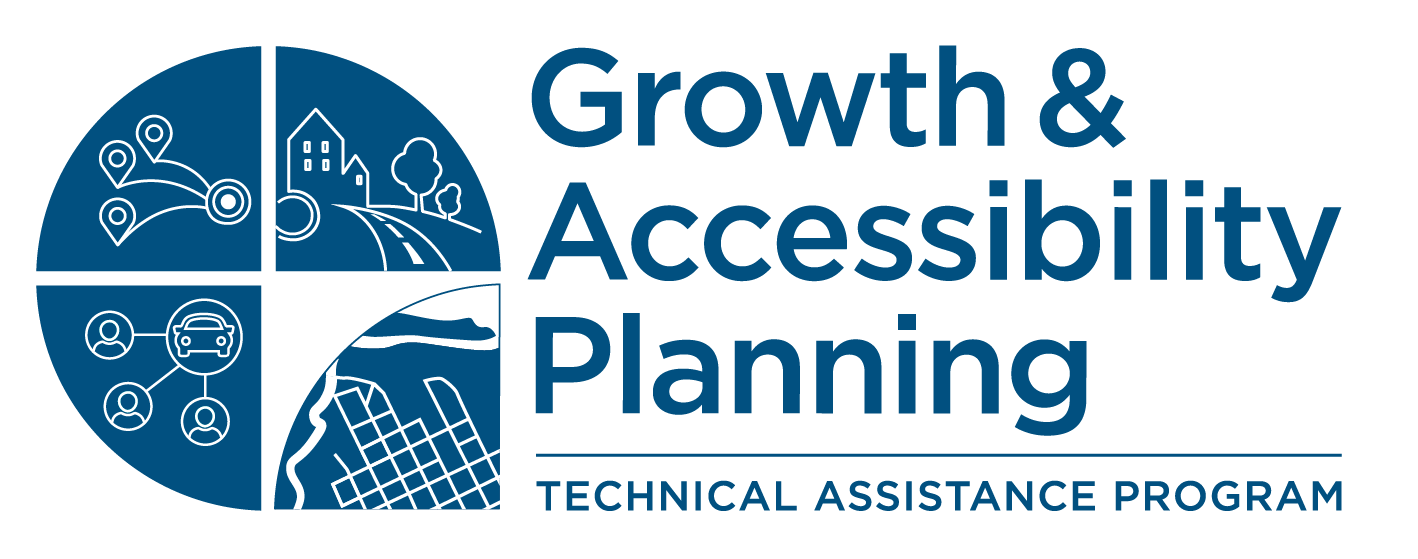Understanding How and Why Virginians Travel
The Travel Markets Element analyzes trip patterns and purpose across regions to identify mid-term transportation needs and support smarter planning decisions.
VTrans Travel Markets
VTrans identifies Mid-term Needs and Priority locations for these three travel markets:
- Corridors of Statewide Significance (CoSS)
- Regional Networks (RN)
- Urban Development Areas (UDAs)
This is done in-line with Virginia State Code § 33.2-353. In addition to the three markets, VTrans evaluates all public roadways and identifies safety needs.
On This Page
VTrans Travel Markets by the Numbers
Characteristics of VTrans Travel Markets
Each travel market is associated with unique characteristics, system users, and travel patterns.
Corridors of Statewide Significance (CoSS)
December 17, 2009 - 11 CoSS established as part of VTrans2035.
May 18, 2011 - 12th corridor added.
Regional Networks (RNs)
Urban Development Areas (UDAs) and Industrial and Economic Development Areas (IEDAs)
Urban Development Areas (UDAs)
Ongoing, per local government designation in Comprehensive Plan.
Industrial and Economic Development Areas (IEDAs)
Safety
Explore VTrans Travel Markets
VTrans travel markets can be viewed using the map widget below. Use InteractVTrans MapExplorer to print, download, or comment. Statistics associated with the VTrans travel market can be found on the interactive visualization app InteractVTrans DataExplorer.
Frequently Asked Questions
Have more VTrans questions? Find answers on our FAQ page.
What are Corridors of Statewide Significance?
A Corridor of Statewide Significance (CoSS) is a group of roadways, rail lines, and other facilities that support travel between regions in Virginia and beyond. There are twelve CoSS in the state.
The Commonwealth Transportation Board (CTB) designates and studies these multimodal corridors. This is required under the Code of Virginia § 33.2-353.
You can learn more on the VTrans Travel Markets page. To view or download CoSS components, use the InteractVTrans MapExplorer.
What are Regional Networks?
Regional Networks (RNs) are Virginia’s major economic regions. They are based on areas covered by Metropolitan Planning Organizations (MPOs). An MPO is created in any urbanized area with a population greater than 50,000.
RNs include the full county boundaries of any county that is partly inside an MPO.
You can learn more on the VTrans Travel Markets page. To view or download RNs, use the InteractVTrans MapExplorer.
What are Activity Centers?
Activity Centers are areas of regional importance. They have a high density of economic and social activity and are linked to the Regional Networks (RNs).
They were identified through input from stakeholders.
You can learn more and view them on the InteractVTrans MapExplorer.
How are Regional Activity Centers categorized as freight-dependent, local-serving, or knowledge-based?
Activity Centers are areas with a high density of economic and social activity. To classify them, VTrans analyzed the number and type of jobs in each center. Jobs were grouped into three clusters:
- Freight-Dependent: Most activity relies on freight transportation.
- Local-Serving: Most activity serves the local population.
- Knowledge-Based: Activity depends on skilled labor and serves a broader market than Virginia.
Each Activity Center was assigned to the cluster with the largest share of jobs. For example, if 20% of jobs are freight-dependent, 60% are local-serving, and 20% are knowledge-based, the center is classified as Local-Serving.
You can view or download Activity Centers on the InteractVTrans MapExplorer.
What are Urban Development Areas?
The Urban Development Area (UDA) Travel Market includes two types of growth areas:
1. Growth Areas under Virginia Code § 15.2-2223.1
- Any city, county, or town with zoning authority may designate UDAs.
- Designation is voluntary.
- UDAs must follow traditional neighborhood design (TND) principles, such as:
- Pedestrian-friendly road design
- New streets connected to existing streets
- Strong road and pedestrian networks
- Preservation of natural areas
- Mixed-use neighborhoods with a variety of housing types
- Affordable housing that matches future family income needs
- Smaller building setbacks
- Narrower subdivision streets and smaller turning radii at intersections
2. Industrial and Economic Development Areas (IDEAs)
- These are local sites submitted to the Virginia Economic Development Partnership for the Virginia Business Ready Site Program (VBRSP).
- Sites must be tier 3 or higher.
- Tiers show business readiness:
- Tier 1: Raw land with interested seller
- Tier 2: Site controlled and marketed for development
- Tier 3: Zoned for industry or commercial use, due diligence complete
- Tier 4: Certified as infrastructure ready
- Tier 5: Shovel ready, permits in place
You can learn more on the VTrans Travel Markets page. To view or download UDAs and IDEA sites, use the InteractVTrans MapExplorer.
How can I designate an Urban Development Area for inclusion in VTrans?
Urban Development Areas (UDAs) are designated by localities in Virginia. This includes counties, cities, and towns with their own zoning authority.
A UDA is created through an amendment to the local Comprehensive Plan.
For step-by-step guidance, see the How to Designate a UDA Fact Sheet.
How can I update the readiness status or other information for an Industrial and Economic Development Area (IEDA) site?
The Virginia Economic Development Partnership (VEDP) sets and updates the readiness status for IEDA sites. Updates are made when VEDP receives new information.
If you need to update the readiness status or other site details, contact VEDP directly.

